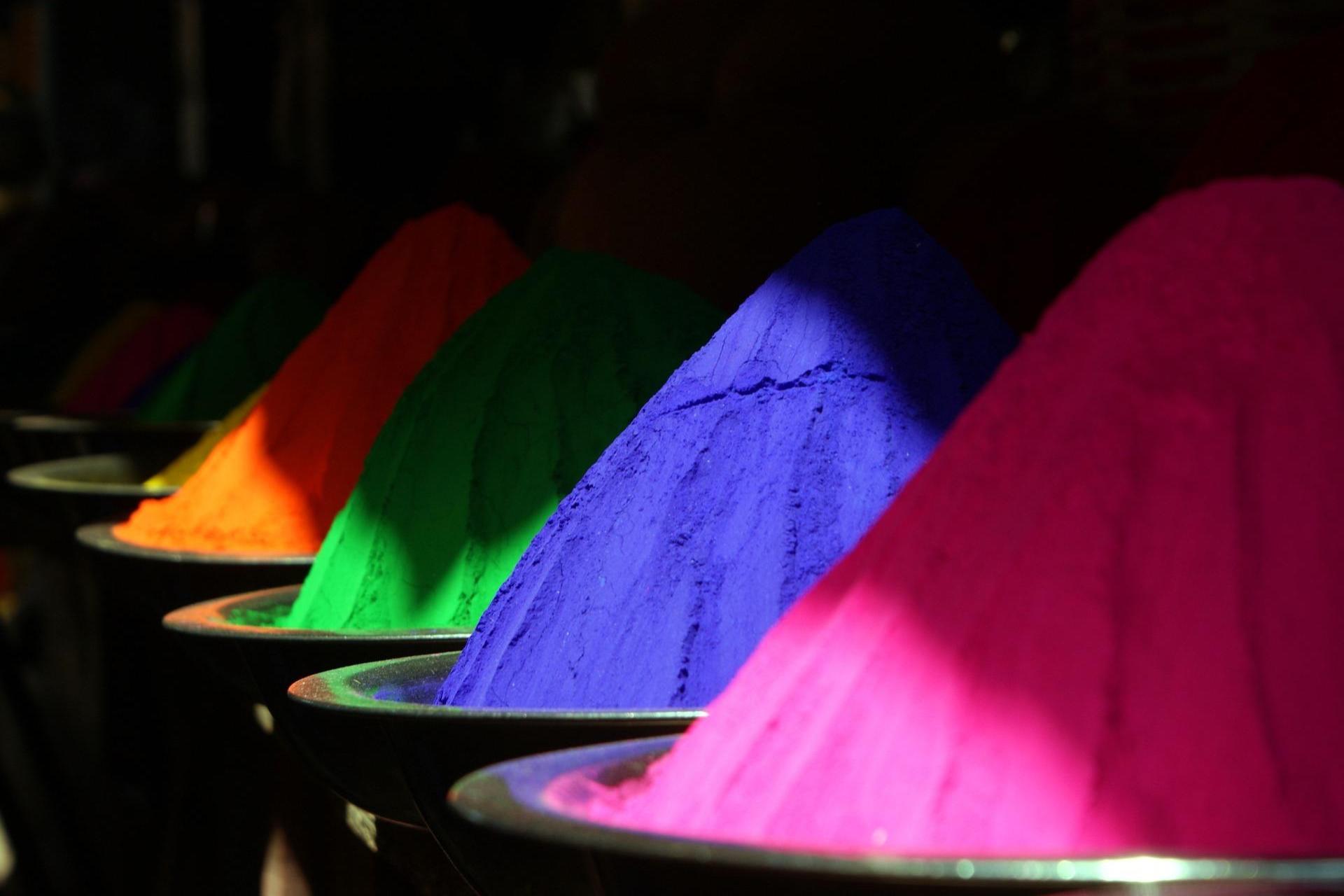Titanium Dioxide Origin Industry Application and Safety Standards. Titanium dioxide (TiO2), a naturally occurring oxide of titanium, has established itself as a paramount industrial material with a multitude of applications. Its remarkable properties, from brilliant white coloration to light-scattering capabilities, make it indispensable in various industries. This article delves into TiO2’s origins, its versatile applications, stringent safety standards, and its profound penetration into global markets.
Origins and Production
Derived from the mineral ilmenite or rutile, TiO2 exists in various forms, the most prominent being rutile and anatase. Extracting TiO2 involves complex processes such as the chloride and sulfate methods, where ilmenite ore undergoes transformation into a high-value pigment through chemical reactions. This transformation, achieved by rigorous purification and refining, results in the formation of a pure white pigment, ready for its myriad applications.
Applications Across Industries
TiO2’s value lies in its ability to impart color opacity and brightness, rendering it pivotal across a multitude of sectors:
- Paints and Coatings: TiO2 imparts vibrant colors, excellent hiding power, and UV resistance to paints and coatings, making it a staple in architectural, automotive, and industrial coatings.
- Plastics and Polymers: Utilized in polymers, TiO2 enhances durability, heat resistance, and UV stability of plastics, rendering it invaluable in packaging, automotive parts, and consumer goods.
- Cosmetics and Sunscreens: In cosmetics, TiO2 serves as a safe, effective UV filter, offering sun protection without skin irritation.
- Paper and Textiles: In the paper industry, TiO2 improves whiteness and opacity, while in textiles, it offers UV protection when incorporated into fabrics.
- Ceramics and Glass: TiO2 enhances the opacity and brightness of ceramics, glass, and enamels, contributing to the aesthetics and functionality of these materials.
Safety and Regulatory Standards
The safety of TiO2 hinges on its nanoparticle size, as nanoparticles may possess altered properties. Extensive research is ongoing to assess potential health and environmental risks associated with nanoparticles in TiO2 products. Regulatory bodies such as the U.S. Food and Drug Administration (FDA) and the European Chemicals Agency (ECHA) impose stringent standards to ensure the safety of consumers and the environment.
In food and cosmetics, the FDA evaluates the safety of TiO2’s use, and the European Union’s ECHA classifies TiO2 as a Category 2 suspected human carcinogen in inhalable form. However, the safe use of TiO2 products in cosmetics and sunscreens has been upheld by various studies, emphasizing their efficacy and minimal risk when adhering to regulations.
Market Penetration and Trends
The TiO2 market is marked by robust growth, driven by expanding applications and increasing urbanization. According to a report by Grand View Research, the global TiO2 market is expected to reach USD 27.49 billion by 2028, driven by the construction, automotive, and cosmetics industries.
Asia-Pacific, led by China, dominates the TiO2 market due to rapid industrialization and infrastructure development. Europe and North America also play significant roles, with the latter being home to some of the world’s largest paint and coating manufacturers. Notably, the demand for eco-friendly and sustainable products has spurred research into novel TiO2 production methods, such as those utilizing renewable resources or waste materials.
Conclusion
Titanium dioxide, a luminary among industrial materials, has a rich history, remarkable applications, rigorous safety standards, and a thriving global market presence. Its journey from raw mineral to multifunctional pigment speaks to its significance across diverse sectors. Regulatory agencies’ stringent safety evaluations underscore the importance of adhering to established guidelines. As TiO2 continues to illuminate products, industries, and markets worldwide, its enduring presence and adaptability stand as a testament to its paramount role in modern civilization.
References:
- “Titanium Dioxide Market Size, Share & Trends Analysis Report,” Grand View Research. Link
- “Titanium Dioxide,” U.S. Food and Drug Administration (FDA). Link
- “Titanium Dioxide,” European Chemicals Agency (ECHA). Link
- “Titanium Dioxide,” Occupational Safety and Health Administration (OSHA). Link
- “Titanium Dioxide,” National Center for Biotechnology Information (NCBI). Link


